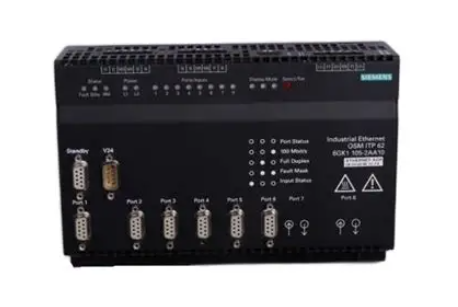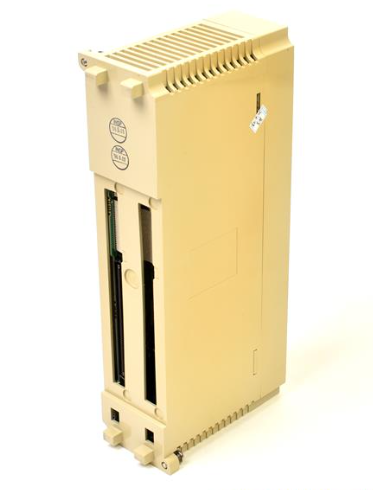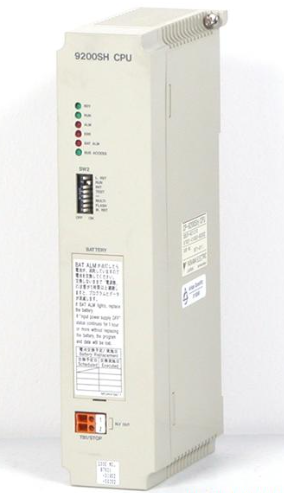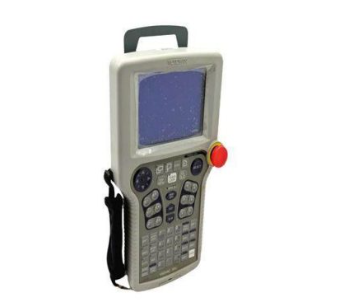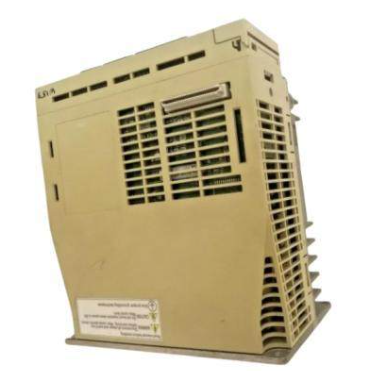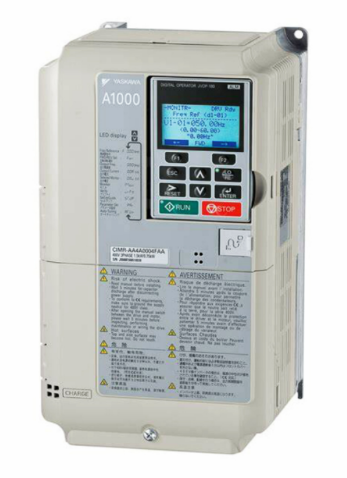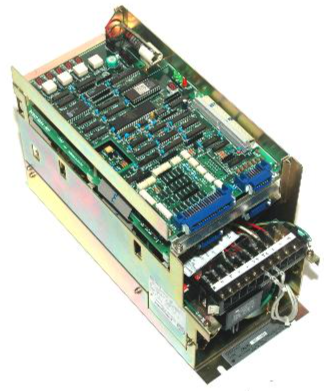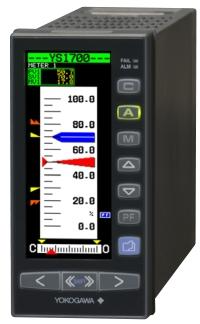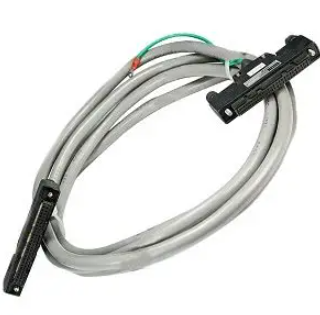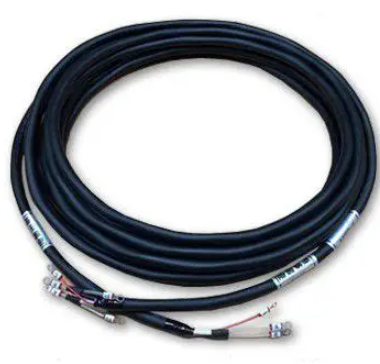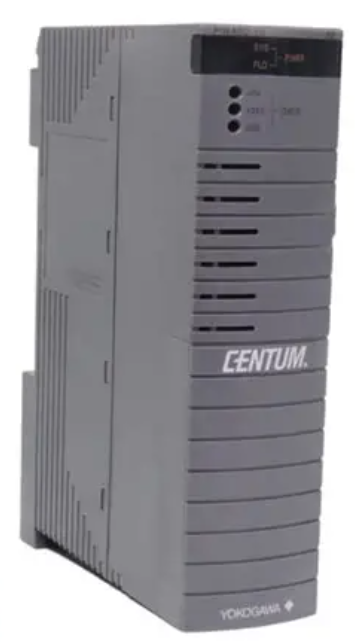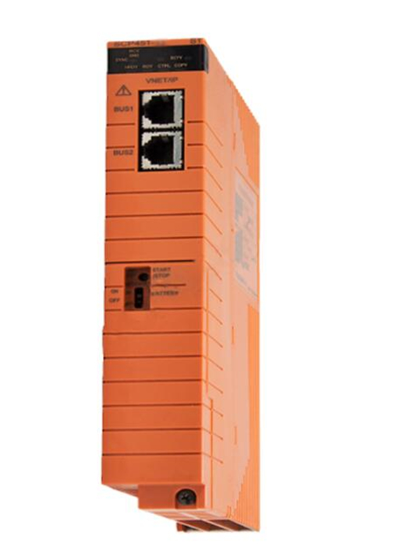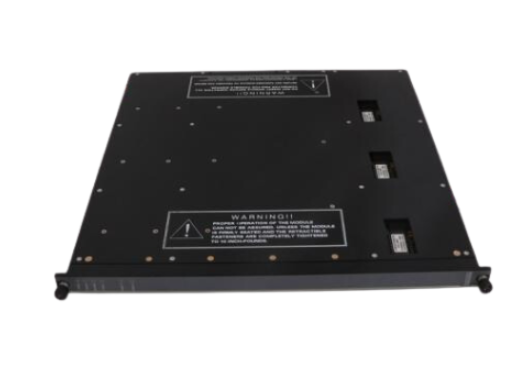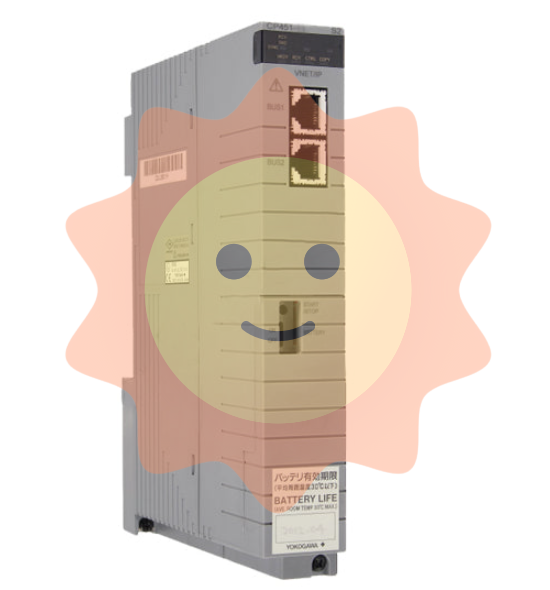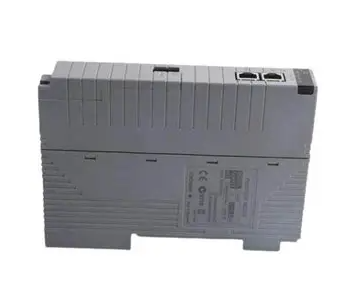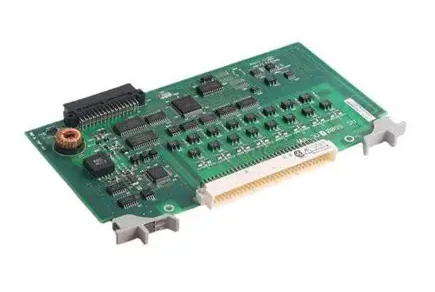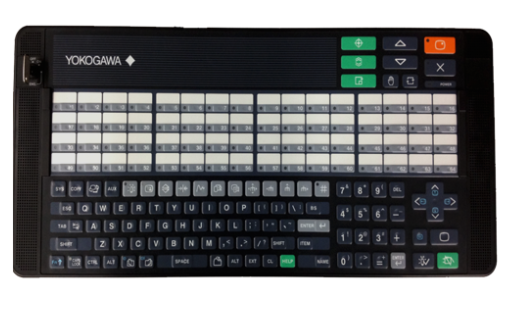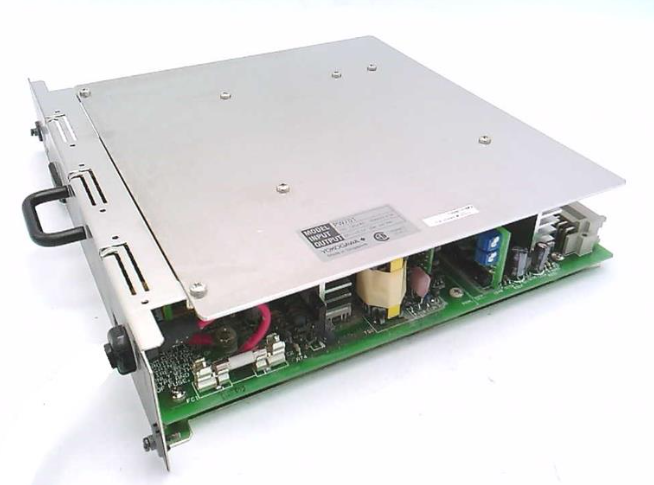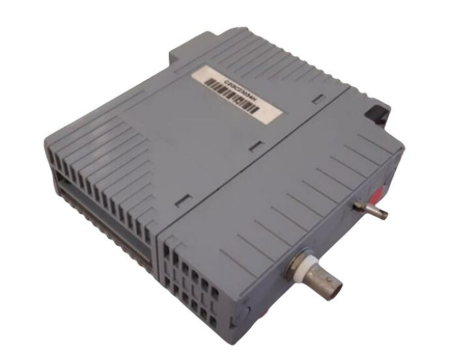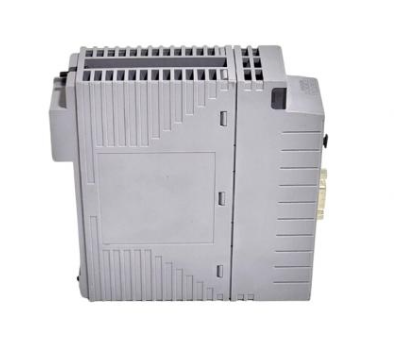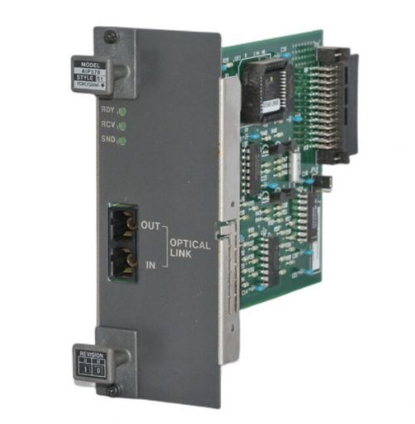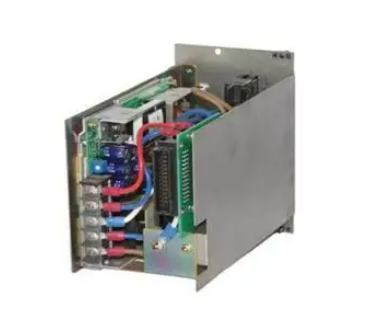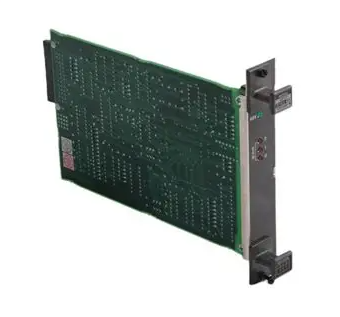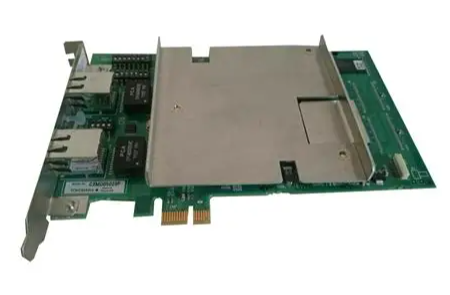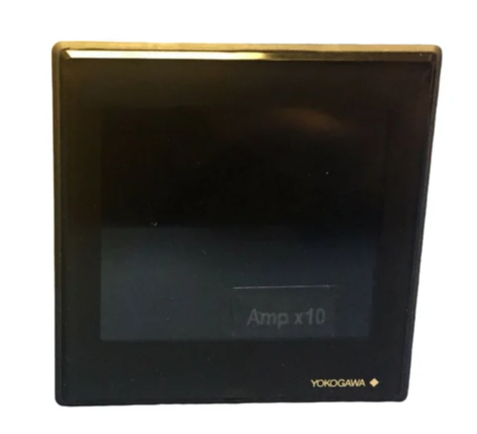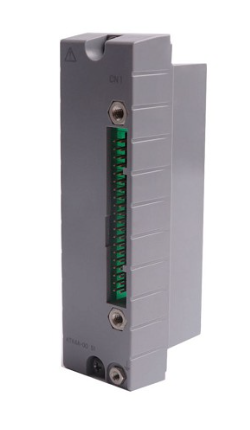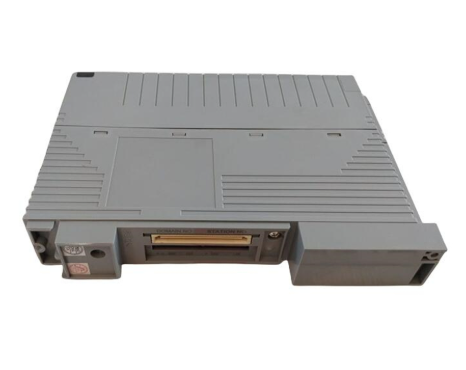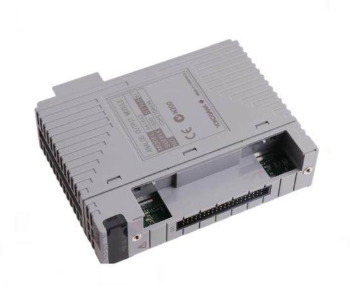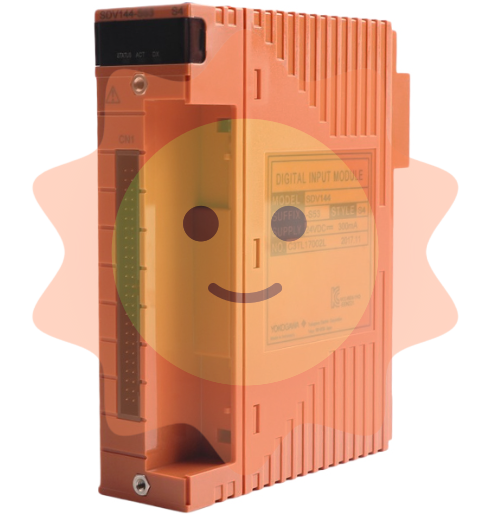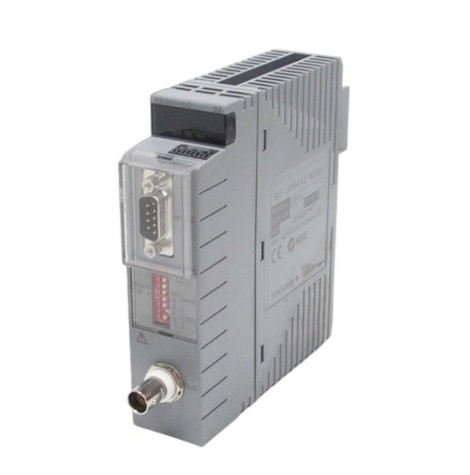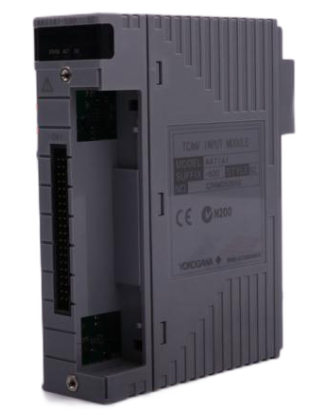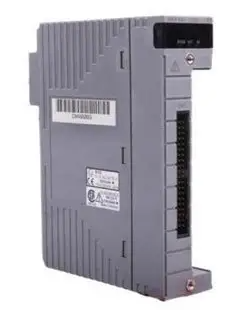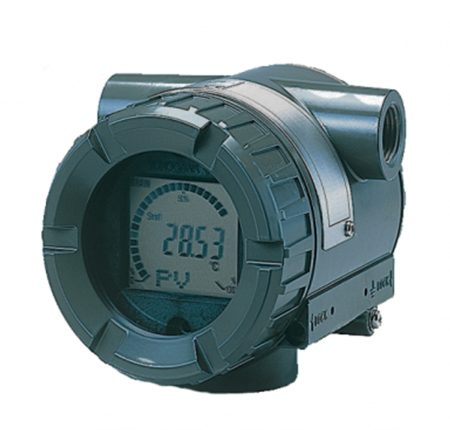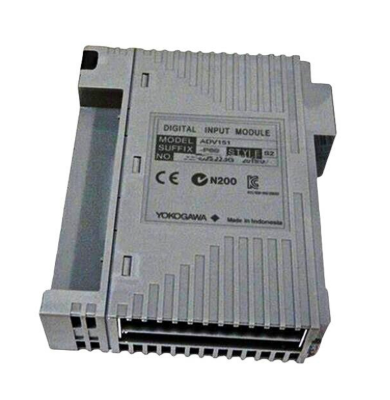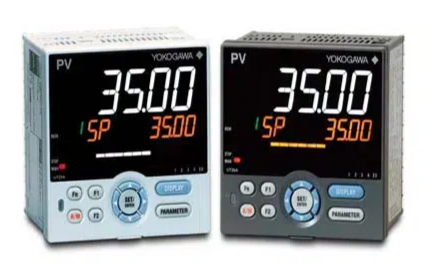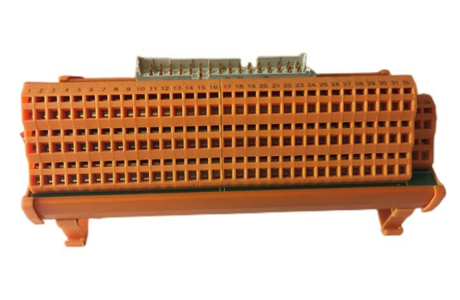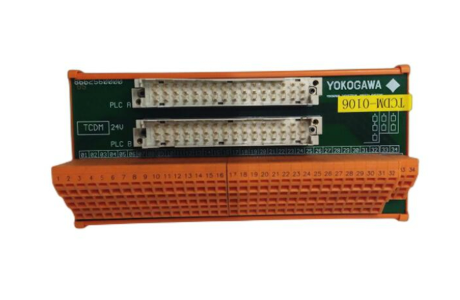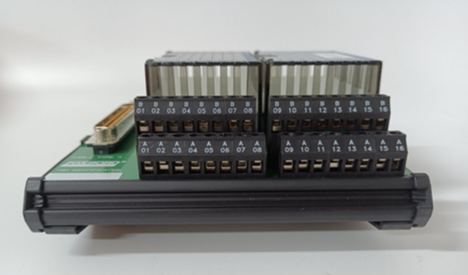Yokogawa AQ6375E Spectral Analyzer Remote Control
SENSe Group: SENSe: WAVelocity: CENTer, SENSe: BANDWidth Set measurement conditions (center wavelength, resolution bandwidth), query measurement parameters
TRACe Group :TRACe:ACTive、:TRACe[:DATA]:Y? Set active trace and query wavelength/level data of trace
MMEMory Group: MMEMory: STORe: TRACe, MMEMory: LOAD: SETTing Store trace data, load device settings files
SYSTem Group :SYSTem:ERRor? 、 SYSTem: COMMunicate: Conform Query Error Queue, Switch Command Format (compatible with AQ6375E/AQ6317)
Common Command Group *IDN? 、 *RST, OPC standard IEEE 488.2 command, query device information, reset device, mark operation completed
Example: Programming process for basic spectral measurement
Initialize device: * RST (reset to default state);
Set measurement conditions: SENSe: WAVelocity: CENTer 1550NM; SPAN 10NM (center wavelength 1550nm, span 10nm), SENSe: BANDWidth 0.1NM (resolution 0.1nm);
Start scan: Initiatate: SMODe SINGle; Initiatate (single scan mode and start);
Query scan status: Status: Operation: EVENT? (Waiting for scanning to complete);
Execution analysis: CALCulate: CATego SWTHresh; CALCulate (THREE method spectral width analysis);
Get result: CALCulate: DATA? (Query and analysis results);
Storage data: MMEMory: STORe: TRACe TRA, CSV, "data1. csv", INT (store trace TRA in CSV format to internal memory).
Status monitoring and troubleshooting
(1) Status reporting mechanism
The device achieves status monitoring through status registers and queues, with core components including:
Status Byte Register (STB): 8-bit binary data that reflects the overall status of the device (e.g. bit7=operation status summary, bit5=standard event summary, bit4=data in output buffer), can be accessed through * STB? Search.
Standard Event Register (ESR): records device standard events (such as operation completion, command errors), which can be enabled through * ESE settings, * ESR? Query and clear.
Operation status register: records the execution status of measurement, calibration, and other operations (such as scanning, calibration completed), through: STATus: OPERation: EVENT? Search.
Error queue: stores the latest error code and description, via SYSTem: ERRor? Query and clear (e.g. error code 300=parameter out of range, 320=undefined variable).
(2) Common problem solving
Troubleshooting steps for problem types and phenomena
Communication connection failure: GP-IB/Ethernet cannot establish connection. 1. Check if the cable connection is secure and confirm that the Ethernet IP address is in the same network segment; 2. GP-IB confirms that the address is not conflicting, and Ethernet confirms that the port number is correct; 3. Restart the device and PC and try again
Instruction execution is unresponsive. After sending the instruction, there is no feedback or error message from the device. 1. Check the syntax of the instruction (such as case and parameter range), refer to Chapter 5 of the manual to confirm the format; 2. Confirm that the device is in remote mode and there is no local lock; 3. Extend the communication timeout (recommended ≥ 30 seconds to avoid automatic offset calibration causing timeout)
1. Confirm that the data format (ASCII/binary) is consistent with the device settings, and that waveform data is missing or has abnormal values due to data transmission distortion; 2. Ethernet checks network bandwidth to avoid transmitting large amounts of data simultaneously; 3. Re execute scanning or calibration to ensure the validity of measurement data
Program Function (Automated Measurement)
(1) Core competencies
Support writing custom programs to achieve full process automation of measurement condition setting, automatic scanning, data analysis, and data storage, without the need for external controller intervention. The program can be stored in the device's internal memory or USB storage medium, supporting 1-100 program numbers.
(2) Program Editing and Execution
Editing process:
Press the APP button, select "Program" ->"Program Edit", and enter the program editing interface;
Select function commands (such as scan settings, analysis start) or special commands (such as loop, delay) through "Command Select", set parameters, and generate program lines;
Supports inserting, copying, and deleting program lines, with a maximum program line count of 200.
Execution process:
Select the target program from the program list and click "Execute" to start it;
During the execution process, real-time output (such as measurement results and status information) can be viewed through the "Output Window", which supports pausing (PAUSE command) or terminating (ABORT command).
(3) Example program: Periodic spectral measurement
plaintext
001 *RST ; Reset device
002 :SENSe:WAVelength:CENTer 1550NM ; Set the center wavelength to 1550nm
003 :SENSe:SPAN 10NM ; Set span to 10nm
004 :SENSe:BANDwidth 0.1NM ; Set resolution to 0.1nm
005 N=5 ; Cycle 5 times
- EMERSON
- Honeywell
- CTI
- Rolls-Royce
- General Electric
- Woodward
- Yaskawa
- xYCOM
- Motorola
- Siemens
- Rockwell
- ABB
- B&R
- HIMA
- Construction site
- electricity
- Automobile market
- PLC
- DCS
- Motor drivers
- VSD
- Implications
- cement
- CO2
- CEM
- methane
- Artificial intelligence
- Titanic
- Solar energy
- Hydrogen fuel cell
- Hydrogen and fuel cells
- Hydrogen and oxygen fuel cells
- tyre
- Chemical fiber
- dynamo
- corpuscle
- Pulp and paper
- printing
- fossil
- FANUC
- Food and beverage
- Life science
- Sewage treatment
- Personal care
- electricity
- boats
- infrastructure
- Automobile industry
- metallurgy
- Nuclear power generation
- Geothermal power generation
- Water and wastewater
- Infrastructure construction
- Mine hazard
- steel
- papermaking
- Natural gas industry
- Infrastructure construction
- Power and energy
- Rubber and plastic
- Renewable energy
- pharmacy
- mining
- Plastic industry
- Schneider
- Kongsberg
- NI
- Wind energy
- International petroleum
- International new energy network
- gas
- WATLOW
- ProSoft
- SEW
- wind
- ADVANCED
- Reliance
- YOKOGAWA
- TRICONEX
- FOXBORO
- METSO
- MAN
- Advantest
- ADVANCED
- ALSTOM
- Control Wave
- AB
- AMAT
- STUDER
- KONGSBERG
- MOTOROLA
- DANAHER MOTION
- Bently
- Galil
- EATON
- MOLEX
- Triconex
- DEIF
- B&W
- ZYGO
- Aerotech
- DANFOSS
- KOLLMORGEN
- Beijer
- Endress+Hauser
- MOOG
- KB
- Moxa
- Rexroth
- YAMAHA
- Johnson
- Westinghouse
- WAGO
- TOSHIBA
- TEKTRONIX
- BENDER
- BMCM
- SMC


Email:wang@kongjiangauto.com

